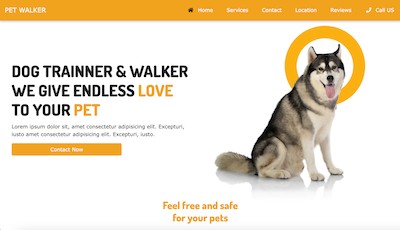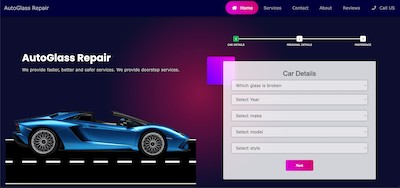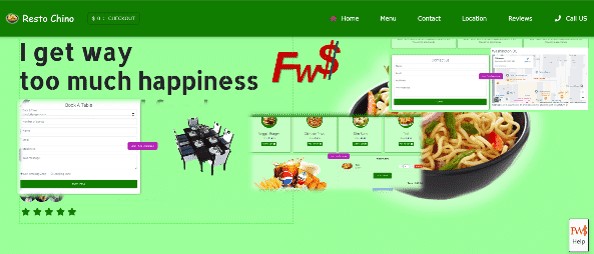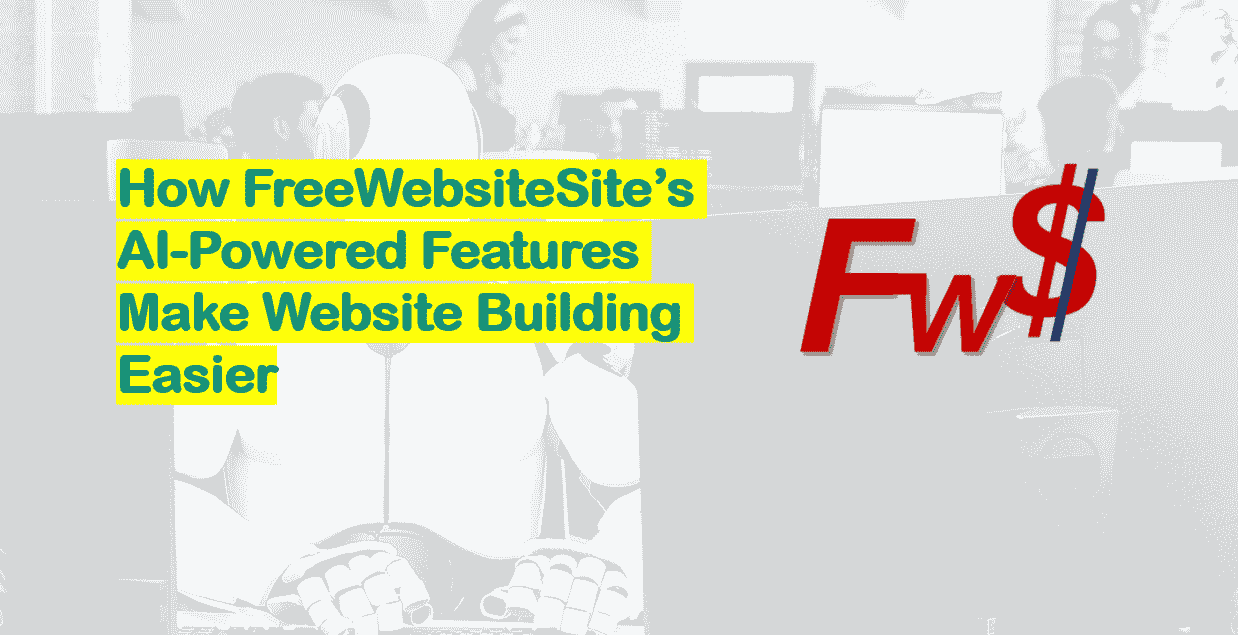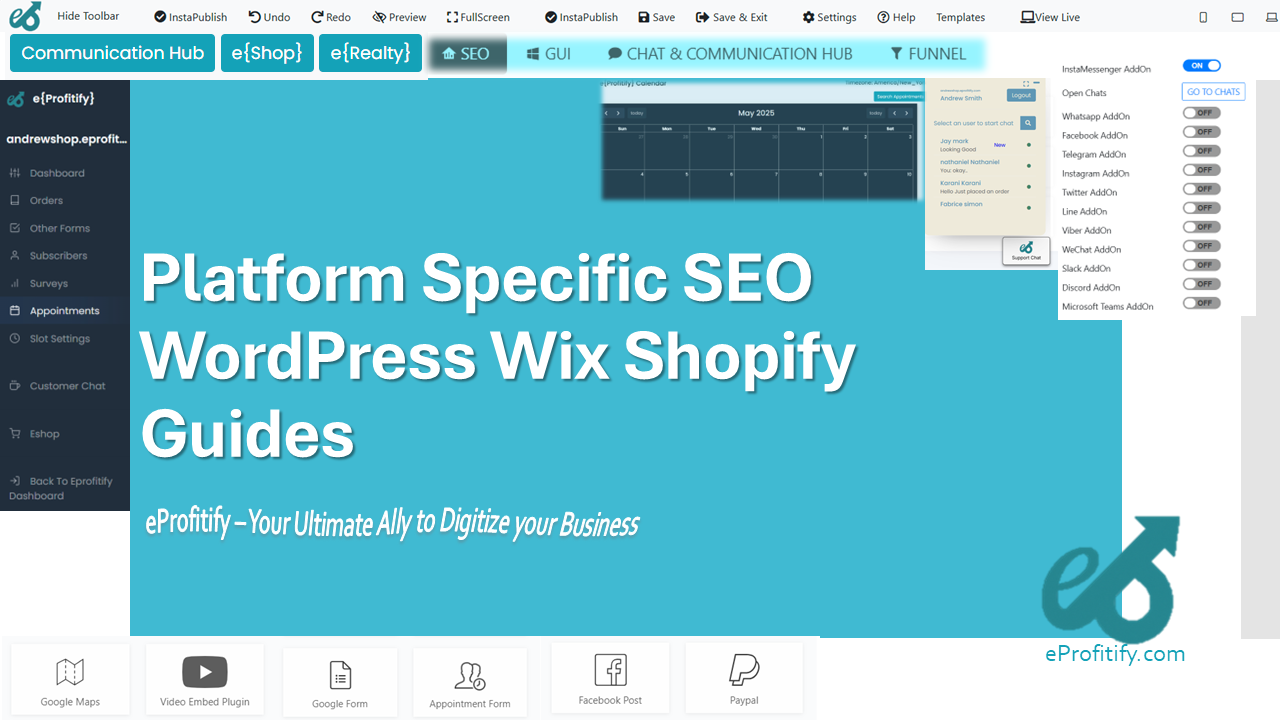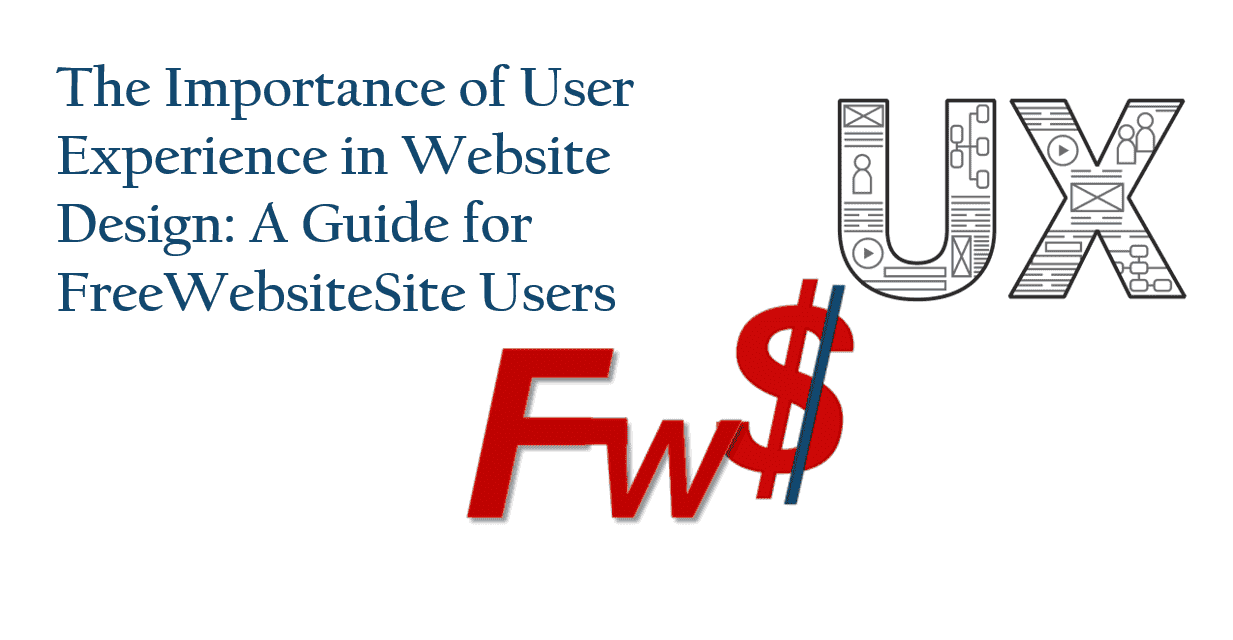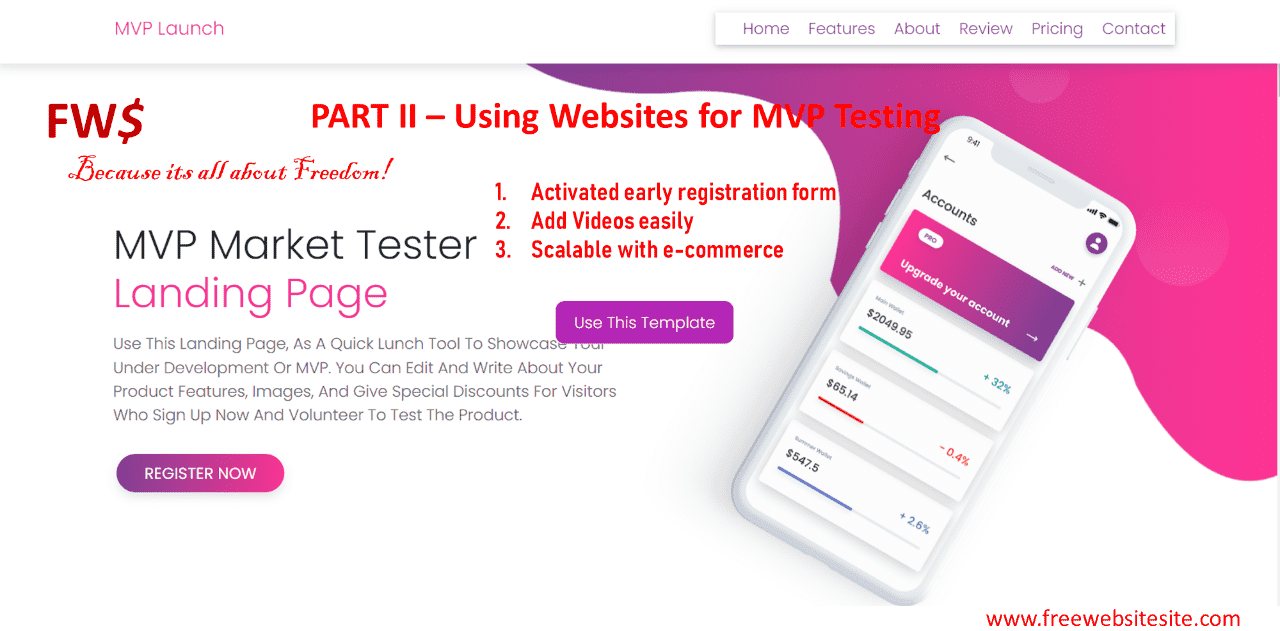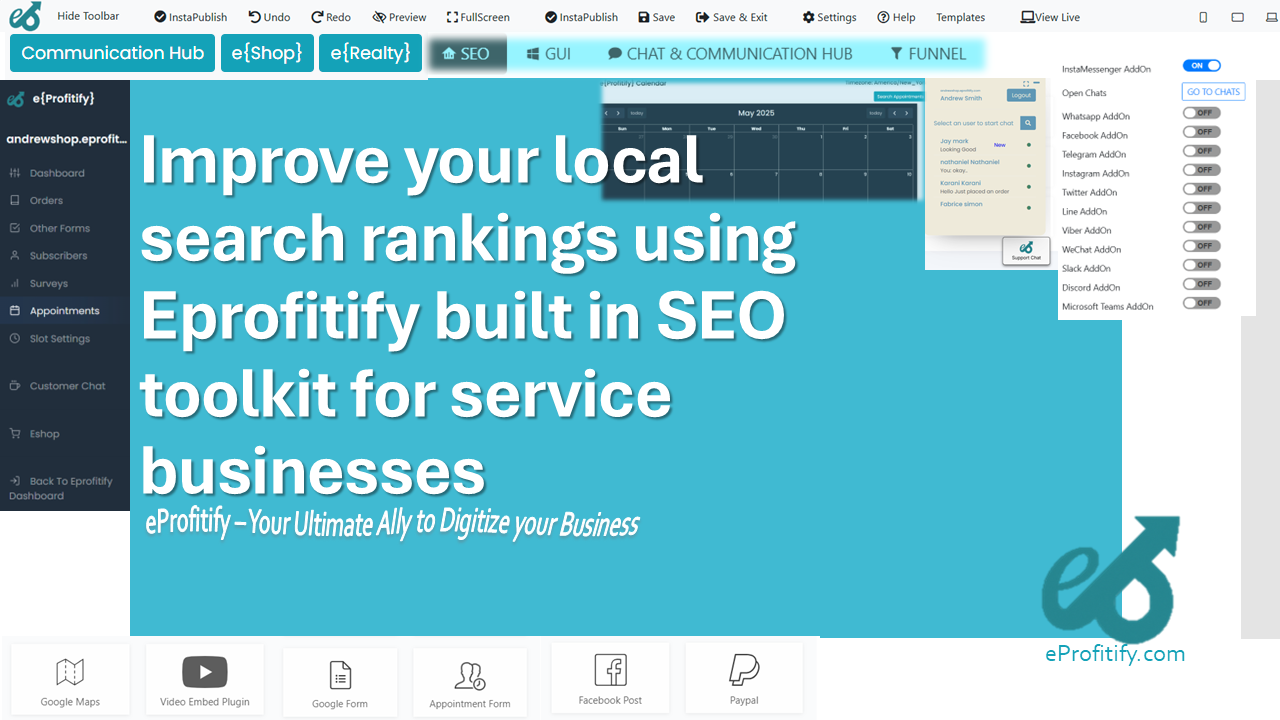Understanding Bounce Rate and Dwell Time for SEO Insights
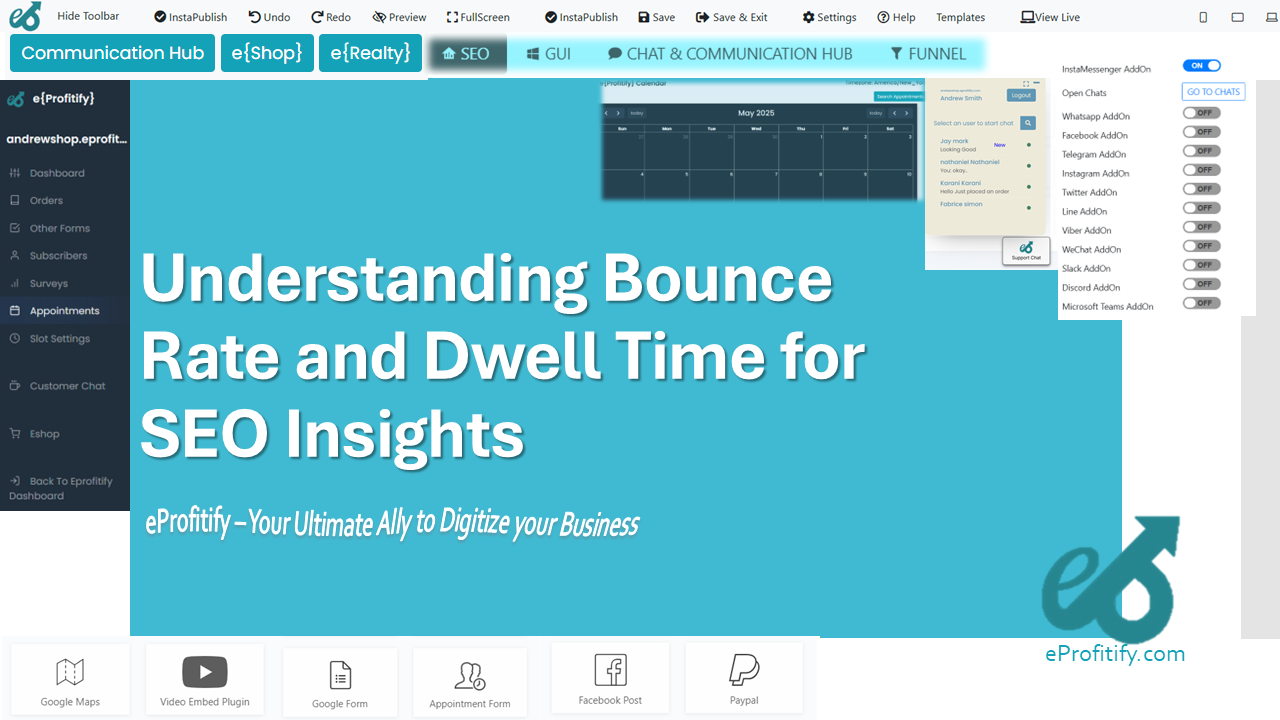
Schedule a LIVE Zoom call with an eProfitify Expert.
Understanding Bounce Rate and Dwell Time for SEO Insights
In the dynamic world of search engine optimization (SEO), two metrics often spark debates among marketers: bounce rate and dwell time. These indicators provide critical insights into user behavior, directly influencing website rankings and overall digital strategy. By understanding their nuances, businesses can refine their content, enhance user experience, and achieve long-term SEO success. Tools like eProfitify—a leading website publishing and management platform—further empower organizations to optimize these metrics through features such as instant messaging, appointment management, eCommerce integration, and CRM systems.
Defining Bounce Rate and Dwell Time
Bounce Rate measures the percentage of visitors who leave a website after viewing only one page without interacting further. For instance, if 100 users land on a blog post and 60 exit without clicking elsewhere, the bounce rate is 60%.
Dwell Time, conversely, refers to the duration a user spends on a page before returning to search engine results. A longer dwell time (e.g., three minutes) signals to search engines that the content is valuable, whereas a short dwell time (e.g., 10 seconds) may indicate irrelevance or poor quality.
Why Do These Metrics Matter for SEO?
Search engines like Google prioritize user satisfaction. High bounce rates and low dwell times can imply that a page fails to meet user intent, leading to lower rankings. However, context matters. A high bounce rate on a contact page where users quickly find a phone number isn’t problematic. Similarly, dwell time must be assessed alongside content type: a detailed guide should retain users longer than a weather update.
Key Statistics:
- The average bounce rate across industries is 41–55%, but it varies widely:
- Blogs: 70–90%
- Service sites: 10–30%
- eCommerce: 20–45%
- Pages with dwell times above three minutes rank 50% higher on average than those with shorter durations (HubSpot, 2023).
- 47% of users expect websites to load in under two seconds, with delays increasing bounce rates by 38% (Google, 2022).
Strategies to Optimize Bounce Rate and Dwell Time
-
Align Content with User Intent
Match content to search queries. Use tools like Google Analytics to identify high-bounce pages and refine their messaging. For example, a page targeting "how to fix a leaky faucet" should offer step-by-step instructions, not product advertisements. -
Enhance User Experience (UX)
Ensure fast load times, mobile responsiveness, and intuitive navigation. Slow websites lose 40% of visitors after three seconds (Portent, 2023). Integrate internal links to guide users to related content, reducing bounce rates. -
Create Engaging Content
Use multimedia (videos, infographics) to boost engagement. Articles with videos retain users 2.6x longer than text-only pages (Wyzowl, 2023). Break text with subheadings, bullet points, and CTAs to encourage exploration. -
Leverage Tools for Real-Time Interaction
Platforms like eProfitify offer instant messaging features, enabling businesses to address visitor queries immediately. This reduces bounce rates by providing instant support, while appointment management systems keep users engaged longer by facilitating bookings directly on-site.
eProfitify: A Holistic Solution for SEO and User Engagement
eProfitify stands out as a comprehensive platform designed to tackle SEO challenges through advanced functionalities:
- Instant Messaging: Resolve user concerns in real time, reducing bounce rates and fostering trust.
- Appointment Management: Embed booking systems to extend dwell time as users schedule services.
- eCommerce Integration: Streamline purchases with fast, secure checkouts, minimizing exit points.
- CRM Capabilities: Track user behavior to personalize content, improving relevance and engagement.
- Analytics Dashboard: Monitor bounce rates, dwell times, and conversions to refine strategies.
Businesses using eProfitify report 30% lower bounce rates and 25% longer dwell times within six months, thanks to its seamless integration of UX optimization and user-centric tools.
Conclusion
Bounce rate and dwell time offer invaluable insights into user satisfaction, directly impacting SEO performance. By creating targeted content, optimizing UX, and leveraging platforms like eProfitify, businesses can turn fleeting visits into meaningful engagements. As search algorithms evolve, prioritizing metrics that reflect genuine user value remains key to sustaining organic growth.
